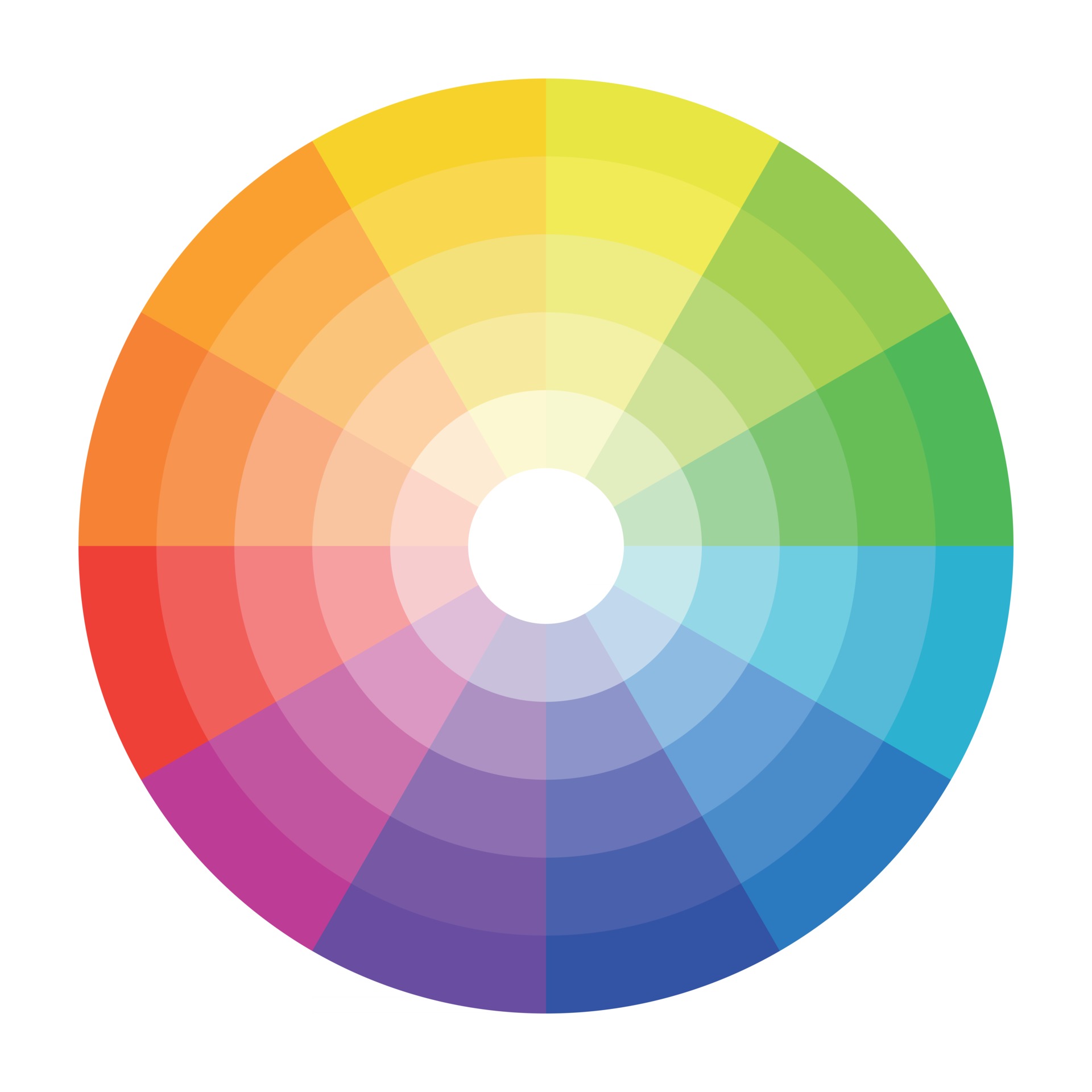
Harnessing Color Psychology in Web Design for Brand Success
In the vibrant world of web development and digital marketing, the strategic use of color is often an unsung hero. Color psychology, the study of hues as a determinant of human behavior, plays a pivotal role in crafting a brand’s online presence. This blog post delves into the fascinating ways that color choices can influence perceptions, emotions, and actions of website visitors.
The Significance of Color Choices
Color is more than a mere aesthetic choice; it’s a silent communicator. It can set the mood, convey messages, and even affect purchasing decisions. For instance, blue is often associated with trust and dependability, which is why it’s a popular choice for banks and social media platforms. Red, known for its urgency and energy, is frequently used in clearance sales and call-to-action buttons.
Understanding the Color Wheel and Color Harmony
To effectively use color psychology, understanding the color wheel and principles of color harmony is essential. Complementary colors, which are opposite each other on the color wheel, create vibrant looks when used together. Analogous colors, which sit next to each other, offer more harmonious and serene visuals. This knowledge allows web designers to create a balanced and visually appealing site.

Cultural Context and Color Interpretation
It’s important to consider the cultural context when choosing colors. The same color can have very different meanings in different cultures. For example, while white is associated with purity and weddings in Western cultures, it is a color of mourning in some Eastern cultures. A deep understanding of your target audience’s cultural background can help in making more informed color decisions.
Color Trends in Digital Marketing
Staying updated with color trends is vital. While some colors are timeless, others can be very trendy. Leveraging trending colors can make a website look current and relevant. However, it’s crucial to balance trends with the brand’s identity and the psychological impact of colors. Understanding and applying color psychology in web design is a powerful tool for digital marketers and web developers. It goes beyond aesthetics, tapping into subconscious perceptions and emotions, thereby playing a critical role in the success of a brand’s online presence.
Case Studies: Successful Use of Color Psychology
To illustrate the power of color psychology, we can look at some successful brands that we’ve helped bring to life here.
Ready to infuse your website with the power of color psychology?
Schedule a free consultation with our design experts today and take the first step towards a more engaging and effective online presence.